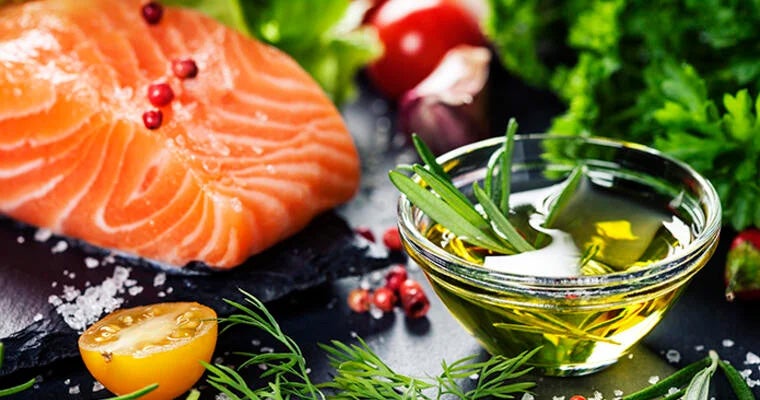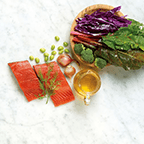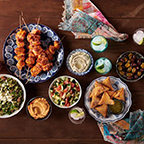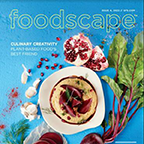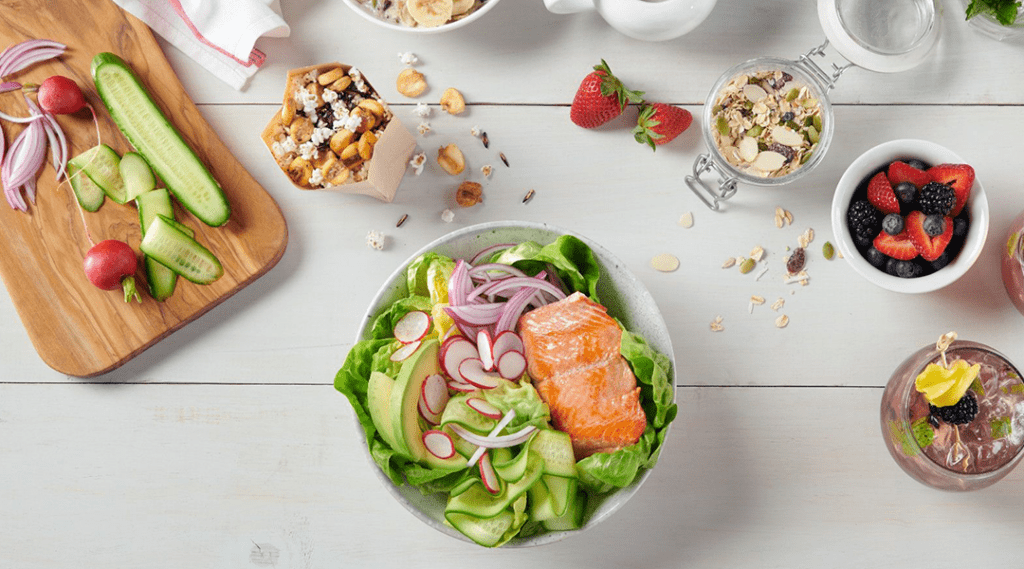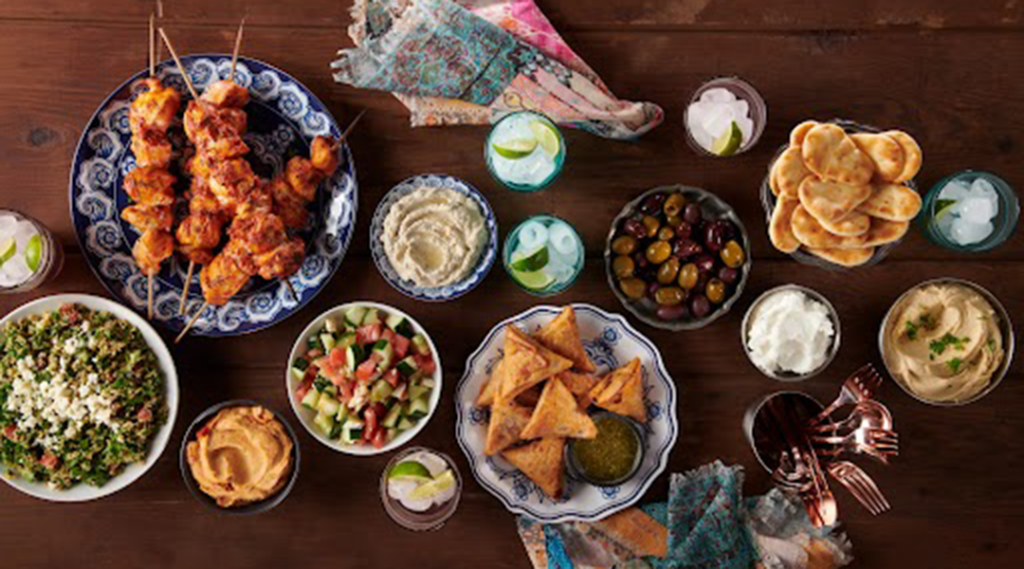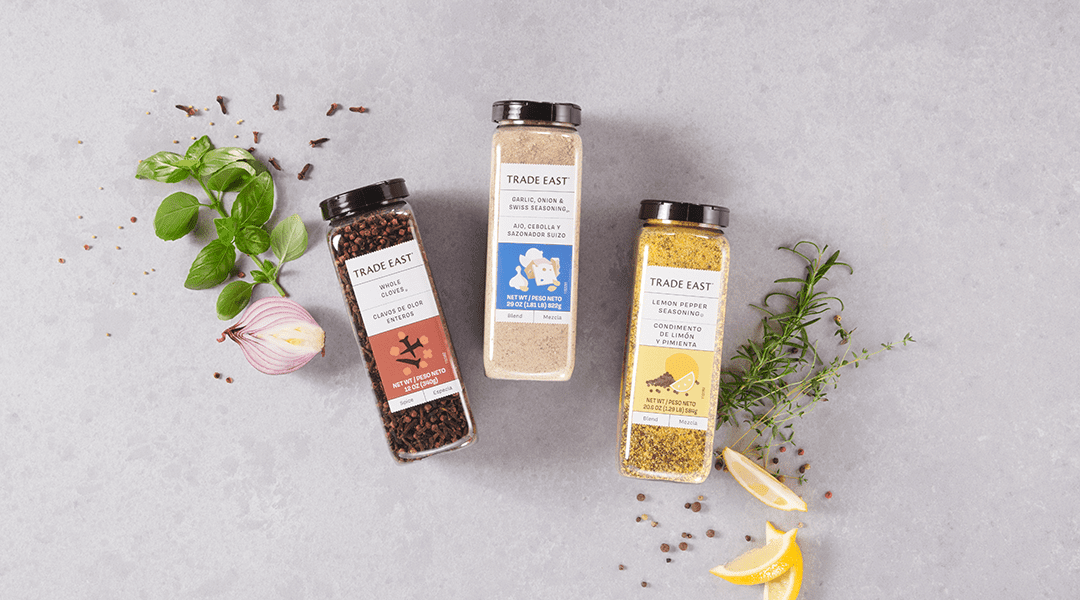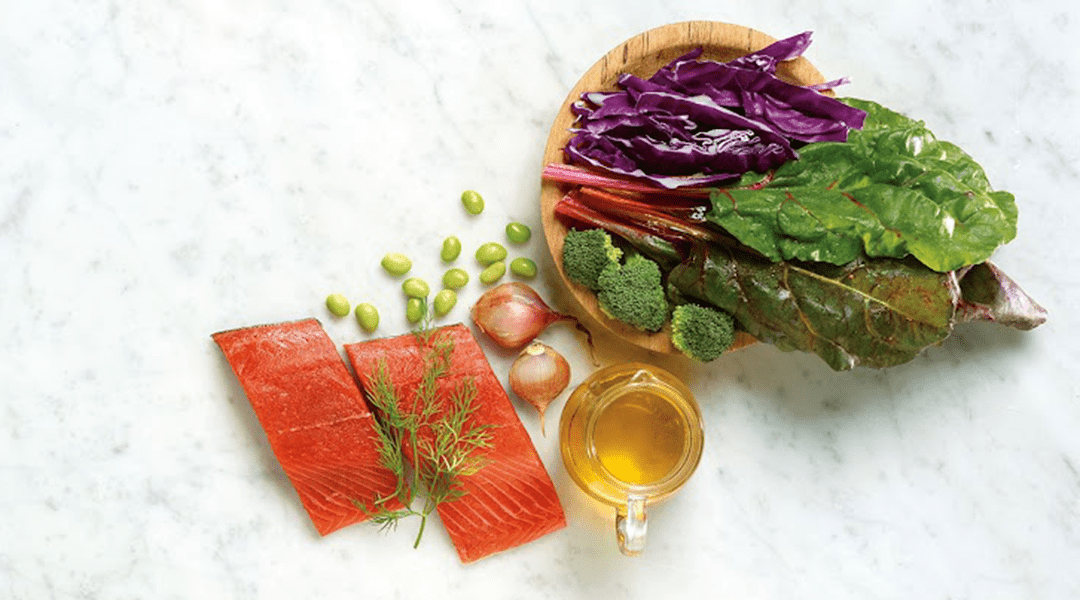For centuries, people have been enchanted by water, drawn to the ocean’s rolling surf, cool lake breezes and flowing rivers. Everyone has a connection: sand between the toes, sun on the shoulders, water splashing the face. The story goes even deeper in the food business, where the waters teem with fish, shellfish and seafood that’s both nourishing and delicious.
Always a favorite during Lent, seafood is making its way onto more and more menus all year long with innovative, flavor-driven presentations. A combination of different cooking methods, signature sauces and glazes, as well as bold seasonings, has helped seafood land a bigger place in casual and fast casual dining. A recent Flavor & The Menu magazine article explores the emergence of year-round seafood innovations, particularly at restaurants that are not seafood-centric.
The article cites Robert Pesch, Vice President of Culinary R&D for Cheddar’s, who says seafood has been the chain’s largest growth category in recent years.
“If one of the largest multi-units in the country is investing in seafood, what does that tell independent operators about the seafood possibility?” asks Katie Ayoub, Managing Editor of Flavor & the Menu.
What’s driving the seafood surge?
Many diners are looking for healthier options, and seafood provides a light and flavorful option.
At the start of the year, when people are watching their diets, it’s great to promote the health benefits of seafood. And because seafood takes to added flavors very well, people will order it again because they like the taste.
People will be attracted to the health benefits, Ayoub says, but they don’t want to sacrifice flavor. Seafood is poised for success because it’s an opportunity for creative chefs to offer a craveable option to adventurous diners.
Get off to a quality start
Gordon Food Service works with Limson Trading, which touts seafood as a great value when buying the best quality of seafood you can find that meets your portion costs—frozen or fresh.
There’s always going to be a place for breaded or battered frozen seafood, especially on appetizers, snacks or seafood platters. For chef-driven preparations, make a simple presentation and let the quality seafood build its own following.
David Sanford, a Business Development Specialist with Halperns’ Steak and Seafood, says the availability and access to fresh seafood is driving a big change on the menu.
“Chefs are presenting seafood with more flavors outside of traditional offerings,” he says. It’s not about deep-fried fish with tartar sauce any longer—it’s lean, healthy alternatives with lots of flavor.”
To meet that need, Halperns’ supplies a wide variety of fresh seafood, most of which is wild caught and traceable by vessel to the point of harvest and date. Halperns’ repacks it in fresh, clean ice before custom cutting it and packaging it to preserve maximum freshness. Fish also are sold whole to chefs who prefer to cut their own.
Eric Chaitin, owner of two waterfront restaurants in Michigan, explains that this helps assure the most important facet of any seafood dish—credibility.
“It takes a little more education to sell fish,” he says. “Like produce, not all seafood is available or at its best all year long, so we are working to create five or eight seasonal specialties.”
This is the way Chaitin’s restaurants—the Mermaid Bar & Grill in Saugatuck and Ottawa Beach Inn in Holland—assure customers of freshness and quality.
“Beef is always in season and ages well, fruits become sweeter as they ripen, but fish and time doesn’t work,” he says. “My customers know when walleye season is, so if I’m serving walleye out of season the flavor won’t be right and customers won’t come back if it doesn’t taste good.”
Find the right fit for seafood
Seasonal selections will require Chaitin to add variety and change the menu regularly to assure freshness. And this is where seafood shines. He is able to have seafood offerings scattered throughout the menu. There are shrimp skewers and whitefish dip on the appetizer menu. The salad selection includes an Island Spinach Salad with coconut shrimp, grilled mahi or tuna options. The entrées feature pecan-crusted walleye, bourbon-chipotle glazed grilled salmon, and tacos with blackened mahi fillets and a mango-cilantro slaw, all of which can be substituted seasonally.
So what’s hot right now? Poké continues to gain popularity on menus. In this Hawaiian favorite, raw tuna is marinated in soy sauce and sesame oil and then served many different ways, including in rice bowls, where the options are endless.
Ayoub says octopus is another seafood item that’s moving beyond its traditional place on Mediterranean menus. Ceviches also are gaining popularity, she says, and can be a way to improve a bar bites menu.
“Bar bites are a great for diners to speed date with seafood,” she says. “They can try it before they commit to it, and your kitchen will get an idea of what they can add to the main menu.”
Because many of the trending presentations may be risky for the general dining public, you can still add tried and true favorite—salmon.
“Don’t worry, salmon isn’t going out of style,” Ayoub says. “You just need to do more than serve it with a slice of lemon and a sprig of parsley.”
She suggests salmon with a citrus glaze or a sweet chili sauce. And if you want to try something more casual, grilled whitefish served in a taco shell and topped with herbs and a cilantro-lime tartar sauce is a solid option.
The Alaska Seafood Marketing Institute offers wild-caught salmon, whitefish and shellfish from the pristine waters off Alaska’s 34,000-mile coastline. It’s website is a resource for news and information on topics such as health and nutrition, seasonality, environmental sustainability, and even recipes.
Have a story and present it well
No matter how you put seafood on the menu, it always goes down better with a good story. Ayoub notes that Harvard University promotes sustainability by telling customers how the fish was caught, in what waters, and even by what boat.
Not all seafood comes with such details, yet any information you can provide helps shape your brand and offers transparency, which is important to diners concerned about sustainability and quality, something Chaitin keeps in mind at his restaurants.
“People are sensitive about fish,” he says. “People not only want to enjoy the flavor of the food, but they want to feel good about it, too.”
